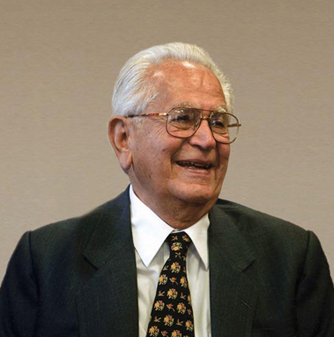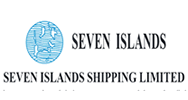Back :
with sailing ships.- To haul the sails over to windward. In squared rigged vessels this is only done on special occasions, when it is called laying the sails aback.
Back-stays :
Ropes stretched from a mast or top mast head to the sides of a vessel-some way aft of the mast- to give extra support to the mast against going forward.
Backwater :
A part of a river not reached by the current, where the water is stagnant.
Baffle :
To baffle with the wind is to contend against it, as when beating to windward in a very foul weather.
Bale, baler :
To bale or bale out is to remove water from an open boat by means of a baler, which may be any small vessel capable of holding water, such as hand bowl.
Ballast :
Any solid or liquid that is brought on board a vessel to increase the draft, change the trim, regulate the stability or to maintain stress loads within acceptable limits.
Barge :
A long flat-bottomed boat for carrying freight, typically on canals and rivers, either under its own power or towed by another
Barnacles :
A marine crustacean (class Cirripedia) with an external shell, which attaches itself permanently to a variety of surfaces
Basin :
A dock in which vessels float at any state of the tide.
Baulks :
Heavy pieces of timber, such as piles before erection, etc. Brackets, in almost any position, holding two or more timbers together, or preventing them from slipping.
Beach :
The margin of the land exposed to tidal action.
Beacon :
A landmark put up to steer by. A pole marking one a shoal or a channel.
Beam :
The width of a vessel, at her widest part.
Bearding :
The fore-part of a rudder.
Bearings :
The word “bearing” properly belongs to the art of navigation, in which it signifies “the direction, or angular distance from the meridian, in which an object is seen.”
Becalmed :
To be becalmed is to be left without a wind, and therefore, in a sailing ship, to be without power of moving.
Becueing :
A method of attaching a line to a small anchor.
Belay :
To make fast a rope, by twisting it round a cleat, kevel or belaying pin, without tying it into a knot.
Beneap :
If a vessel should run aground towards high water, during the last of the spring, or big tides, she may possibly have to lie there until the following springtides float her off: in this condition she is said to be beneaped, because the neap tides are not high enough to float her.
Between decks, or tween decks :
In a vessel of more than one deck, to be between the upper and the lower.
Bilge :
The bilge is the lower part of a vessel, upon which she rests when aground.
Bill of an anchor :
The extremity of the fluke.
Bill of lading :
“A document, subscribed by the master of the ship, acknowledging the receipt of goods entrusted to him for transportation, and binding himself(under certain exception) to deliver them to the person to whom they are addressed, in good condition, for a certain remuneration or freightage. Of bills of lading there are usually triplicate copies: one for the party transmitting the goods, another for the person to whom the goods are addressed, and the third for the master.”
Binnacle :
The “binnacle” is the stand provided for mounting the magnetic compass.
Bite :
Spoken of an anchor when it holds the ground-it then bites.
Bitts :
Small posts or timber heads fixed through the deck of a vessel, either round masts or at the foot of the bowspirit. Any of the posts fixed in pairs on the deck of a ship, for fastening cables, belaying ropes, etc.
Block :
The instrument generally described on shore as a “pulley:” but this later term has little or no meaning among seafaring men, who invariably speak of a block. The block is the piece of wood which constitutes the main body of the machine.
Blockship :
A large vessel employed on coast duty for the protection of a specified port or area.
Boat- hook :
A useful implement in the form of a hook or spike at the end of a pole.
Bollards :
A short, thick post on the deck of a ship or on a wharf, to which a ship’s rope may be secured.
Booby hatch :
A raised covering over a small hatchway. Generally a small entry/ exit to a cargo hold.
Bow :
The sides at the fore part of a vessel.
Bower :
One of the large anchors of a ship which hold her by the bows.
Bowline :
A loop in a rope, tied in a peculiar manner and mostly used to through over a post.
Brackish :
Referred of water in a river when half salt and half fresh.
Breakwater :
An artificial bank or wall, of any material, set up either outside a harbor or along a coast to break the waves of the sea and create a smooth shelter.
Breaming :
The cleansing of the bottom of a vessel by fire and scarping.
Bulkhead :
A partition. They are used to divide the vessel into watertight compartments.
Bulwarks :
A parapet round the deck of a vessel to protect persons or goods from being washed overboard, and the decks from the sea.
Buoy :
An anchored float serving as a navigation mark, to show reefs or other hazards, or for mooring.
Buoyancy :
That capacity of floating lightly which a vessel should possess.
Burgee :
A small flag ending in a point or a swallow tail.
Butt :
It is the lower end of a yard or sprit.























.png)

.png)







